DCS Global Submissions
Our pioneering regulatory services and technologies, backed by our in-depth global knowledge of CDSCO, EMA, FDA, and MHLW policies and processes.
Country/Continent wise Regulatory Authorities
India-CDSCO (Central Drug Standard Control Organization)
International• ICH • WHO • WTO
Europe• EMA (European Medicine Agency)
US• USFDA • DHHS (Department of Health & Human Services) • NCCAM (National Center for Complementary & Alternative Medicine)
Japan• MHLW (Ministry of Health and Labour Welfare)
UK• MHRA (Medicines & Healthcare Products Regulatory Authority)
Australia• TGA (Therapeutic Goods Administration)
China• SFDA (State Food & Drug Administration)
Brazil• National Health Surveillance Agency (NHSA)
New Zealand• Medsafe (Medicines & Medical Devices Safety Authority)
Our Services
Global Regulatory Lead support.
Global Regulatory Lead support.
Regulatory Affairs and CMC strategic guidance.
(e.g. Labelling, local clinical trials, approval contingencies, climatic zones for stability studies and local requirements for document types, samples, quality control and launch.)
Scientific advice and interactions with regulatory authorities.
Submission gap analysis.
Mergers & acquisitions and related regulatory issues.
Pediatric development and PIPs.
New and revised health authority guidelines (e.g. ICH Q3D, Q12, QbD)
The regulation of medicines allows consumers to have faith in the quality, safety and efficacy of medicines.
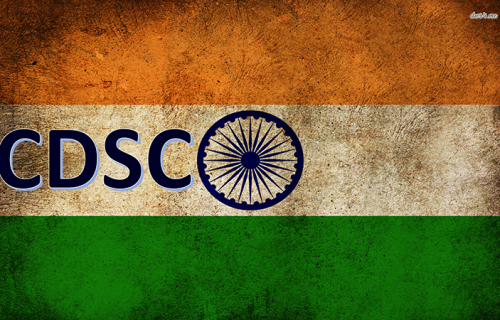
CDSCO (Central Drug Standard Control Organization)

MHLW (Ministry of Health and Labor Welfare)
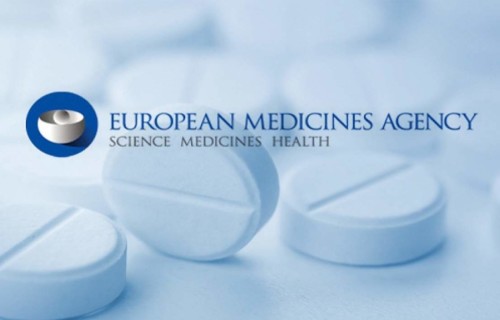
EMA (European Medicines Agency)
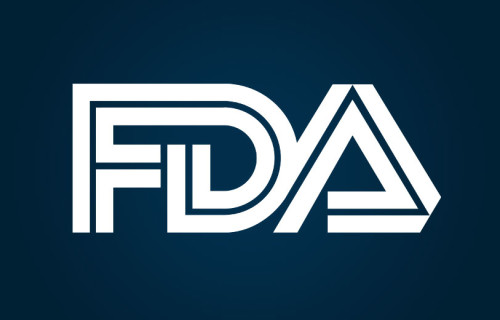
FDA (Food and Drug Association)
Under the Drug and Cosmetics Act, the regulation of manufacture, sale and distribution of Drugs is primarily the concern of the State authorities while the Central Authorities are responsible for approval of New Drugs, Clinical Trials in the country, laying down the standards for Drugs, control over the quality of imported Drugs, coordination of the activities of State Drug Control Organizations and providing expert advice with a view of bring about the uniformity in the enforcement of the Drugs and Cosmetics Act.
Drug Controller General of India is responsible for approval of licenses of specified categories of Drugs. Central Drugs Standard Control Organization Head quarter is located at FDA Bhawan, Kotla Road, New Delhi 110002 and functions under the Directorate General of Health Services.
New Drugs Approvals
- Manufacturing Approvals of FDCs and Single Molecule New Drugs on Stability Study, Bio-equivalence Study, Clinical Trial Study or Toxicity Study.
- Manufacturing Approval of Bulk Drugs in India.
- Strategy Development for Approval of 1st time FDC.
- Preparation of Rationale & Justification for Fixed Dose Combination (FDC)
- Expediting Expert letters from DCGI to experts.
- Assistance in preparation of Form 44 [read with appendix 1 to Schedule Y] for Clinical trial approvals- Global/ India specific.
Import Registrations of Drugs – Biologicals – Medical Devices – Diagnostics – Blood products
- Registration/Re-Registration of foreign Manufacturing Premises
- Import Registration of individual Formulations, Bulk Drugs, Medical Devices and Cosmetics
- Providing Import License in Form 10
- Test license for the purpose of examination, test or analysis in Form 11.
- Urgent Import of Life Saving Drugs or Import of personal use drugs
- Assistance in Rule 37 [permission to re-pack].
- Certificate of Pharmaceutical Product (COPP)-WHO GMP from Zonal offices.
- Organizing testing of samples at various Central Drug Laboratories.
- Organizing testing of samples at National Institute of Biologicals Noida./li>
Services to Clinical Research Organization (CRO’s)
- Preclinical and clinical overviews writing through literature search / published studies / articles from journals from different sources.
- Expert reports on Quality, Pre-clinical and Clinical studies.
- Orphan Drug Application Preparation and Submission.
- Monitoring and liaising with the CRO’s for Clinical and BE Studies
- • Submission of SUSARS & SAE’s on priority basis as per time schedules prescribed by DCGI including correspondence on Compensations issues
Regulatory Submissions
- Preclinical & Clinical Development Plans
- Protocols, Investigator Brochures
Dossier Preparation (For all kind of submissions)
- Prepare dossiers for various applications like Clinical trial approval (Form-45),
- Manufacturing/import permission (Form-45),/li>
- Test license (Form-11),
- Drug Registration certificate (Form-41),
- Import license (Form-10),
- Neutral code, NOCs of different purpose,
- Drug Sales license (Form – 20 B & 21 B),
- CLAA approval, Manufacturing license (Form – 28, 28 A)
- Bioequivalence study approval form 44
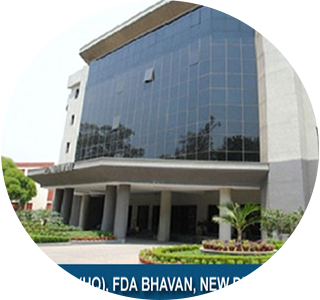
The European Medicines Agency (EMA) is a European Union agency for the evaluation of medicinal products. Prior to 2004, it was known as the European Agency for the Evaluation of Medicinal Products or European Medicines Evaluation Agency(EMEA).
The EMA operates as a decentralized scientific agency (as opposed to a regulatory authority) of the European Union and its main responsibility is the protection and promotion of public and animal health, through the evaluation and supervision of medicines for human and veterinary use. It coordinates the evaluation and monitoring of centrally authorized products and national referrals, developing technical guidance and providing scientific advice to sponsors. Its scope of operations is medicinal products for human and veterinary use including biologics and advanced therapies, and herbal medicinal products.
The agency is composed of the Secretariat (ca. 600 staff), a management board, seven scientific committees (human, veterinary and herbal medicinal products, orphan drugs, pediatrics, advanced therapies and pharmacovigilance risk assessment) and a number of scientific working parties.
Organization
- Directorate
- Human Medicines Development and Evaluation
- Patient Health Protection
- Veterinary Medicines and Product Data Management
- Information and Communications Technology and Administration.
The Management Board provides administrative oversight to the Agency: including approval of budgets and plans, and selection of Executive Director.
The Board includes one representative of each of the 28 Member States, two representatives of the European Commission, two representatives of the European Parliament, two representatives of patients’ organizations, one representative of doctors’ organizations and one representative of veterinarians’ organizations. The Agency decentralizes its scientific assessment of medicines by working through a network of about 4500 experts throughout the EU. The EMA draws on resources of over 40 National Competent Authorities (NCAs) of EU Member states.
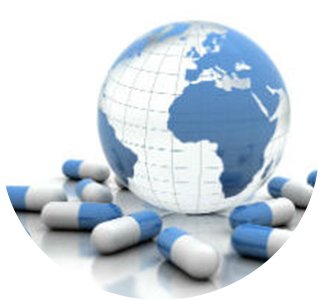
The Food and Drug Administration (FDA or USFDA) is responsible for protecting and promoting public health through the control and supervision of food safety, tobacco products, dietary supplements, prescription and counter pharmaceutical (medications), vaccines, biopharmaceuticals, blood transfusions, medical devices, electromagnetic radiation emitting devices (ERED), cosmetics, animal foods & feed and veterinary products. As of 2017, 3/4th of the FDA budget (approximately $700 million) is funded by the pharmaceutical companies due to the Prescription Drug User Fee Act.
The FDA was empowered by the United States Congress to enforce the Federal Food, Drug, and Cosmetic Act, which serves as the primary focus for the Agency; the FDA also enforces other laws, notably Section 361 of the Public Health Service Act and associated regulations, many of which are not directly related to food or drugs. These include regulating lasers, cellular phones, condoms and control of disease on products ranging from certain household pets to sperm donation for assisted reproduction.
The FDA has its headquarters in unincorporated White Oak, Maryland. The agency also has 223 field offices and 13 laboratorieslocated throughout the 50 states, the United States Virgin Islands, and Puerto Rico. In 2008, the FDA began to post employees to foreign countries, including China, India, Costa Rica, Chile, Belgium, and the United Kingdom.
Organization
- Centre for Biologics Evaluation and Research (CBER)
- Centre for Devices and Radiological Health (CDRH)
- Centre for Drug Evaluation and Research (CDER)
- Centre for Food Safety and Applied Nutrition (CFSAN)
- Centre for veterinary Medicine (CVM)
- Office of Regulatory Affairs (ORA)
- National Centre for Toxicological Research (NCTR)
- Office of Chief Council (OCC)
- Office of Commissioner (OC)
Regulates
- Biological products
- Product manufacturing establishment Licensing
- Nation’s blood supply
- Research to establish product standards and to develop improved testing methods
- Cosmetics
- Labelling
- Drugs
- Product approvals
- OTC and prescription drug labelling
- Drug manufacturing standards
- Foods
- Safety of all food products (except meat and poultry)
- Radiation-Emitting Electronic Products
- Radiation safety performance standard for microwave, ovens, diagnostic x-rays equipment, cabinet x-ray system (such as baggage x-rays at airports),Laser products, mercury vapour lamps

The Ministry of Health, Labour and Welfare (厚生労働省 Kōsei-rōdō-shō) is a cabinet level ministry of the Japanese government. It is commonly known as Kōrō-shō (厚労省) in Japan. The ministry provides regulations on maximum residue limits for agricultural chemicals in foods, basic food and drug regulations, standards for foods, food additives, etc.
It was formed with the merger of the former Ministry of Health and Welfare or Kōsei-shō (厚生省) and the Ministry of Labour or Rōdō-shō (労働省).
Organization
- The Minister’s Secretariat (including the Statistics and Information Department)
- The Health Policy Bureau
- The Health Service Bureau
- The Health Service Bureau
- The Labor Standards Bureau
- The Employment Security Bureau
- The Human Resources Development Bureau
- The Equal Employment, Children and Families Bureau
- The Social Welfare and War Victims’ Relief Bureau
- The Health and Welfare Bureau for the Elderly
- The Health Insurance Bureau
- The Pension Bureau
- The Director-General for Policy Planning and Evaluation
